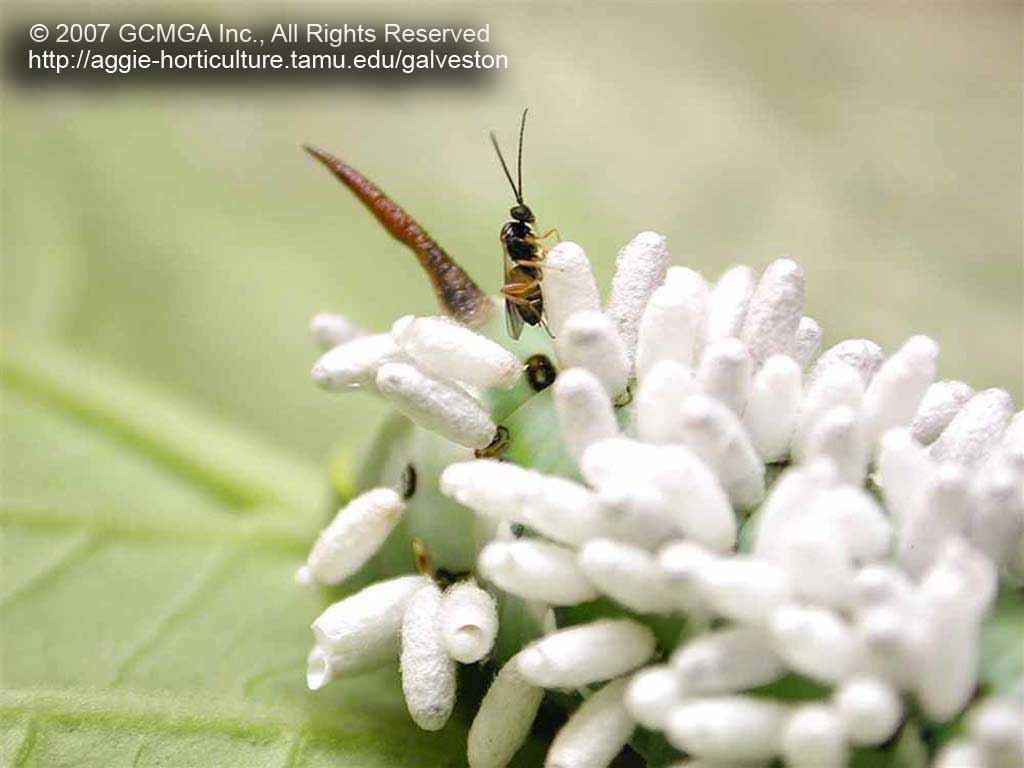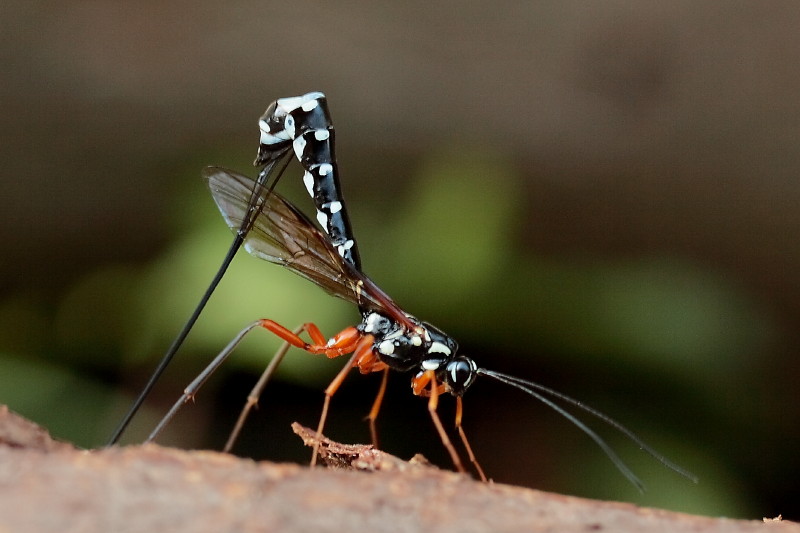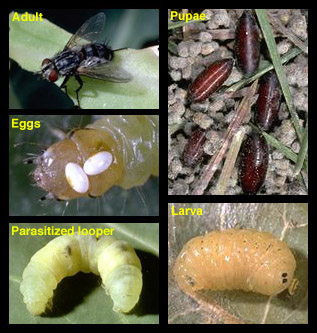Parasitoids in Soybeans
go.ncsu.edu/readext?205831
en Español / em Português
El inglés es el idioma de control de esta página. En la medida en que haya algún conflicto entre la traducción al inglés y la traducción, el inglés prevalece.
Al hacer clic en el enlace de traducción se activa un servicio de traducción gratuito para convertir la página al español. Al igual que con cualquier traducción por Internet, la conversión no es sensible al contexto y puede que no traduzca el texto en su significado original. NC State Extension no garantiza la exactitud del texto traducido. Por favor, tenga en cuenta que algunas aplicaciones y/o servicios pueden no funcionar como se espera cuando se traducen.
Português
Inglês é o idioma de controle desta página. Na medida que haja algum conflito entre o texto original em Inglês e a tradução, o Inglês prevalece.
Ao clicar no link de tradução, um serviço gratuito de tradução será ativado para converter a página para o Português. Como em qualquer tradução pela internet, a conversão não é sensivel ao contexto e pode não ocorrer a tradução para o significado orginal. O serviço de Extensão da Carolina do Norte (NC State Extension) não garante a exatidão do texto traduzido. Por favor, observe que algumas funções ou serviços podem não funcionar como esperado após a tradução.
English
English is the controlling language of this page. To the extent there is any conflict between the English text and the translation, English controls.
Clicking on the translation link activates a free translation service to convert the page to Spanish. As with any Internet translation, the conversion is not context-sensitive and may not translate the text to its original meaning. NC State Extension does not guarantee the accuracy of the translated text. Please note that some applications and/or services may not function as expected when translated.
Collapse ▲Ichneumonid Wasps
Ichneumonid wasps are black and have a lighter coloration on the legs with a slender long body. Females have a long ovipositor at the tip of their abdomen. They are parasitoids that can parasatize internally or externally and mainly attack caterpillar larvae and pupae.
Braconid Wasps
Braconid wasps look similar to Ichneumonid wasps with a long slender body and long ovipositor on females. They tend to be internal parasitoids but will pupate outside the host’s body. They attack the larvae of caterpillars, beetles, flies and can be an important parasitoid to aphids.

Adult Braconid wasp emerging from pupae on a parasitized host. Photo by Galvanston County Master Gardeners, TX
Tachinid Fly
Tachinid flies look like houseflies but can vary in size and shape. They are hairy, black, grey or can be striped colored. They attack caterpillar larvae, beetles, grasshoppers, and true bugs.
References
Kain, D. P. and J. P. Nyrop. 1995. Predatory mites. Cornell Cooperative Extension. Insect identification. Sheet 123.
Krischik, V. and J. Davidson. 2013. IPM of Midwest landscapes.
Information by R. Suits 2013




